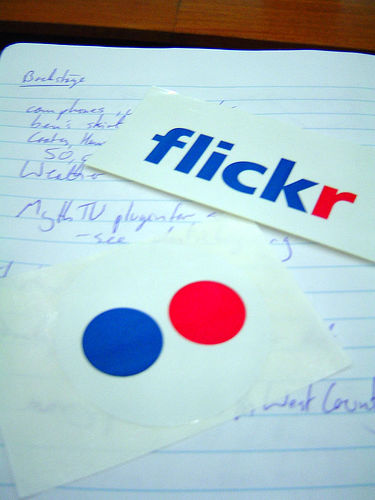Collage: media through steganography

It may soon be the life of Internet censors in some countries that are trying to filter access to foreign websites, it will become more difficult. The new system, called Collage, will allow network users from these countries to receive information from blocked sites when visiting seemingly normal and secure public sites such as Flickr.
Collage basically uses such a well-known method of hiding data, like digital steganography , with the help of which changes are made to the image file to encode hidden messages inside it, and the appearance of the images visually almost does not deteriorate. A prototype system should be launched soon.
In order to take advantage of steganography, special software is usually required, but the new service is designed in such a way that activists are against censorship and ordinary readers can publish and read hidden articles without special skills. Any publisher or activist can use the new service to copy published articles and embed them in images on Flickr, and this process is almost completely automated.
The prototype uses articles from the BBC website, although in principle, any web content can be hidden. Collage allows you to hide about 15 news articles in just 7 medium-sized Flickr images.
')
Once placed in images, the material can be downloaded and retrieved by anyone using Collage. Censors are trying to monitor traffic from banned sites, but here it will be seen that the user only visits Flickr, access to which is usually not blocked by web censors.
Collage is able to determine which images were used to hide materials. All that a potential reader will have to do is click on the date that interested him and in a few minutes he will receive hidden texts, processing takes place in the background.
Sam Burnet, a member of Collage’s development team at the University of Technology, Atlanta, Georgia, developed a tool for Flickr that, using Collage, allows you to download and embed information that activists or publishers want to make available.
It is also possible to easily make extensions for Collage to use the ability to hide articles in images on other photo sharing sites. The basic idea is to distribute materials through numerous sites that consist of user-generated content, so the activity of someone using Collage will be difficult to track, and censors will not be able to block access to publicly accessible “harmless” sites.
The creators of the service rely on the goodwill of Flickr users to place hidden data in their images. Burnet believes that the fight against censorship can push many to use Collage, since for most people the realization that you are helping to fight taboos causes pleasant feelings.
Based on New Scientist
Source: https://habr.com/ru/post/102255/
All Articles